ActiveOutdoorsOutdoor Tech3 mistakes everyone makes when choosing a telescopeDon’t rush into getting a telescope; here’s what you need to know if you want to get the best out of the night skyWhen you purchase through links on our site, we may earn an affiliate commission.Here’s how it works.
ActiveOutdoorsOutdoor Tech3 mistakes everyone makes when choosing a telescopeDon’t rush into getting a telescope; here’s what you need to know if you want to get the best out of the night skyWhen you purchase through links on our site, we may earn an affiliate commission.Here’s how it works.
Don’t rush into getting a telescope; here’s what you need to know if you want to get the best out of the night sky
When you purchase through links on our site, we may earn an affiliate commission.Here’s how it works.
(Image credit: Pexels / Yuting Gao)
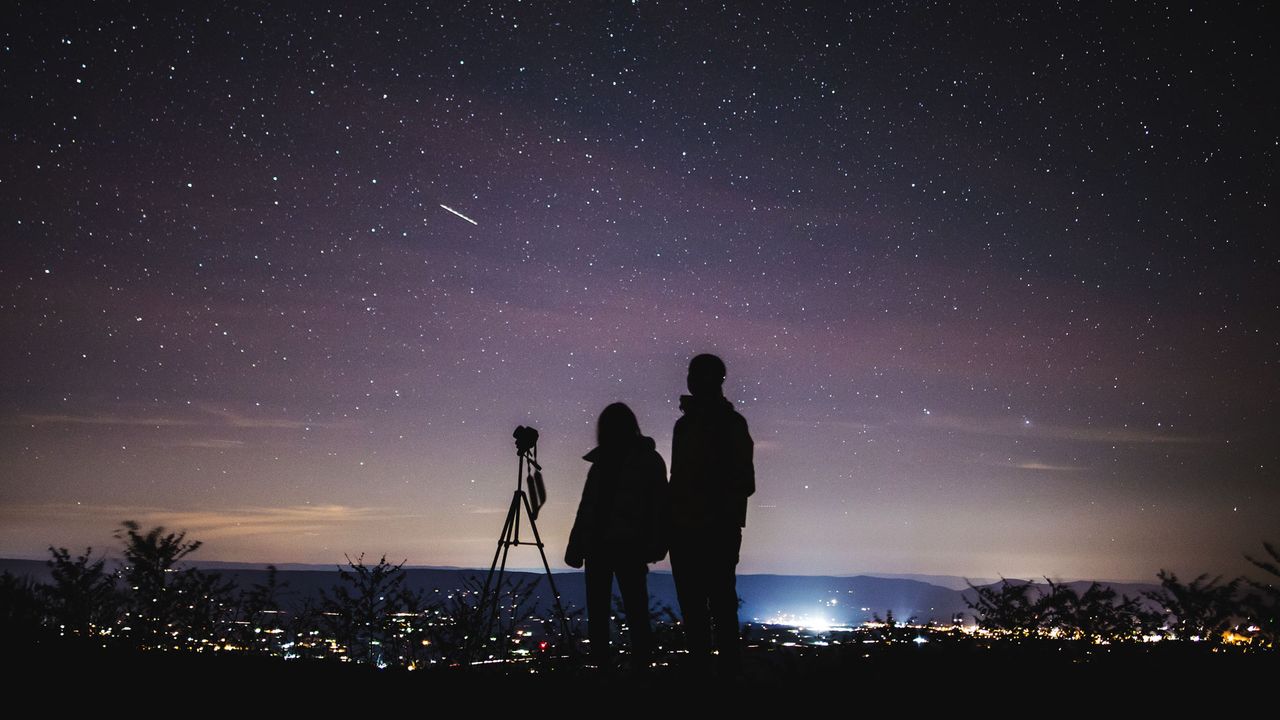
(Image credit: Pexels / Yuting Gao)
Are you ready to buy a telescope? If you’ve an interest in the night sky then it’s only natural to begin thinking about investing in a telescope. So why do so many of them end up gathering dust?
It’s because people buy them without first learning a few things about both telescopes and the night sky. Spend a few years stargazing with your naked eyes and binoculars, which will each help reveal a new layer of stars and other objects. Only then is it time to look for thebest telescope(or thebest telescope for beginners).
The most common twotypes of telescopeare reflectors and refractors, which use mirrors and lenses to collect and focus light, respectively, but there’s a lot more to know about telescopes before you make a purchase. Here are the most common mistakes people make when choosing a telescope:
1. Expecting it to be cheap and easy to use
(Image credit: Pexels / Lucas Pezeta)
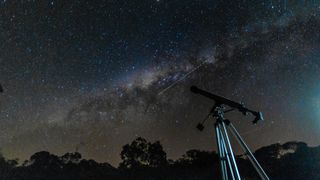
(Image credit: Pexels / Lucas Pezeta)
Operating a telescope won’t come naturally to you. They need to be aligned, aimed accurately, focused and occasionally even calibrated and cleaned. The best advice is to join an astronomy club well in advance of buying a telescope so you can learn what to expect and get to know the various types, what they’re best for and how much you should be paying for a good one.
Whatever you choose to spend on a telescope, avoid the temptation to pair it with loads of new eyepieces and accessories. They’re usually not worth the money, at least at the start, so are best left for later when you’ve gone as far as you can with your existing set-up.
2. Expecting everything to look huge
(Image credit: Pexels / Luis Felipe Alburquerque Briganti)
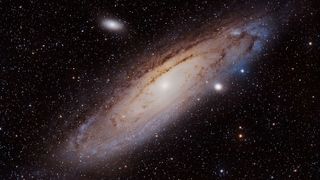
(Image credit: Pexels / Luis Felipe Alburquerque Briganti)
NASA’s images from the Hubble Space Telescope may look stunning, but they set expectations very high for all small telescopes. Not only do objects in the night sky look small, but they’re also very often upside down because the image is inverted. It doesn’t make much difference from an observing point of view, but it does make adjusting a telescope’s field of view rather tricky at first because up is down and left is right.
The mark of a good telescope is not magnification, but the size of its main lens or mirror. This is its aperture, and it’s typically measured in both millimetres and inches. For instance, back garden telescopes start at about 76mm/3 inches and go up to (and beyond) 254mm/10 inches. The bigger this aperture, the more light will get into it and the more detail your telescope will show you.
Sign up to the T3 newsletter for smarter living straight to your inbox
Get all the latest news, reviews, deals and buying guides on gorgeous tech, home and active products from the T3 experts
3. Not knowing what you want to do
(Image credit: Pexels / Thirdman)
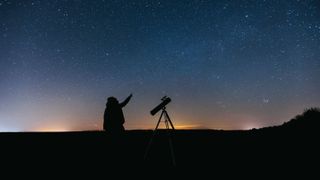
(Image credit: Pexels / Thirdman)
What do you want to see in the night sky? If the answer is ‘everything’ then you’re going to be disappointed. Different telescopes are suited to different kinds of objects, with a telescope’s aperture and focal length equally as decisive in what you’ll practically be able to see.
You can definitely find a good compromise telescope, but if, say, you specifically want to study the Moon and the planets then you should only be looking at buying a telescope with a long focal length (the distance from the objective lens to the focal point). That way you’ll get a magnified image, though with a smaller field of view. If you want to study star clusters, globular clusters and galaxies then choose a telescope with a shorter focal-length and thus a wider field of view (and a smaller physical size).
If you want to try your hand at astrophotography of the deep sky then you’re going to have to prioritise that before you buy a telescope; look for a focal ratio of about f/5 and make sure you can attach your camera.

PS5 could finally be getting Gears of War and Halo after game-changing decisionThe age of exclusives is coming to an end
The age of exclusives is coming to an end

Samsung’s latest laptops changed my mind about AI – here’s whyThe Galaxy Book 5 Pro and Galaxy Book 5 360 are AI wunderkinds
The Galaxy Book 5 Pro and Galaxy Book 5 360 are AI wunderkinds
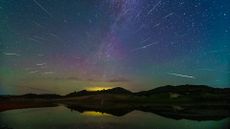
10 things to see in the night sky in 2024 (and how to see them)From meteor showers to a landmark solar eclipse, the next 12 months will bring some stunning sights for skywatchers
From meteor showers to a landmark solar eclipse, the next 12 months will bring some stunning sights for skywatchers
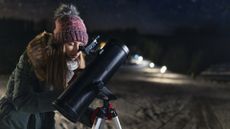
Got a new telescope for Christmas? Try spotting these 10 celestial objects with itFrom star clusters and nebula to planets and a well-timed ‘Christmas Moon,’ there’s plenty to look at in a telescope this festive season
From star clusters and nebula to planets and a well-timed ‘Christmas Moon,’ there’s plenty to look at in a telescope this festive season
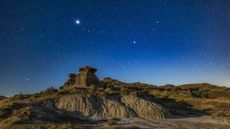
What’s the ‘Christmas Star’ and how to observe it this DecemberHere’s what the bright star in the east after dark is and why it has appeared just in time for the holidays
Here’s what the bright star in the east after dark is and why it has appeared just in time for the holidays
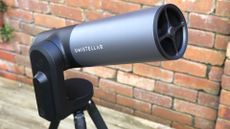
Unistellar eQuinox II review: Brilliant smartphone-controlled telescopeNo eyepiece, no complicated set-up, just great images sent straight to your smartphone
No eyepiece, no complicated set-up, just great images sent straight to your smartphone
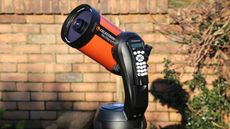
Celestron NexStar 6SE review: spy on the galaxyExquisitely sharp views of the deep sky make the Celestron NexStar 6SE an impressive all-rounder for serious astronomy
Exquisitely sharp views of the deep sky make the Celestron NexStar 6SE an impressive all-rounder for serious astronomy
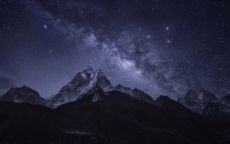
Stars are disappearing from our night skyNew study reveals light pollution is growing almost 10% per year, drastically reducing how many stars we can see with the naked eye
New study reveals light pollution is growing almost 10% per year, drastically reducing how many stars we can see with the naked eye
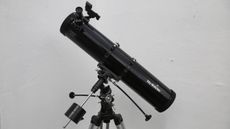
Sky-Watcher Explorer 130 EQ2: a clever equatorial mount makes this a standout telescope for amateur astronomers looking for something more advancedArmed with plenty of aperture and an equatorial mount, the Sky-Watcher Explorer 130 EQ2 is a good step-up telescope for general observing
Armed with plenty of aperture and an equatorial mount, the Sky-Watcher Explorer 130 EQ2 is a good step-up telescope for general observing

Why this Christmas is the perfect time to get a telescope (and what to buy)Five bright planets will be visible in December’s moonless night skies. Here’s what telescope to buy to see them at their best.
Five bright planets will be visible in December’s moonless night skies. Here’s what telescope to buy to see them at their best.